Can You Retire Off Your Only Property

Retiring off a single property is often unrealistic in high-cost areas like Singapore, where monthly expenses for singles can reach $1,379, and couples need around $2,351. Individuals face risks from fluctuating property values, lease decay, and market volatility, which can erode financial security over time. Honestly, relying on one asset might feel like a safe bet, but it leaves little room for unexpected twists. Exploring proven strategies ahead can build a more robust retirement plan.
The High Cost of Retirement in Singapore
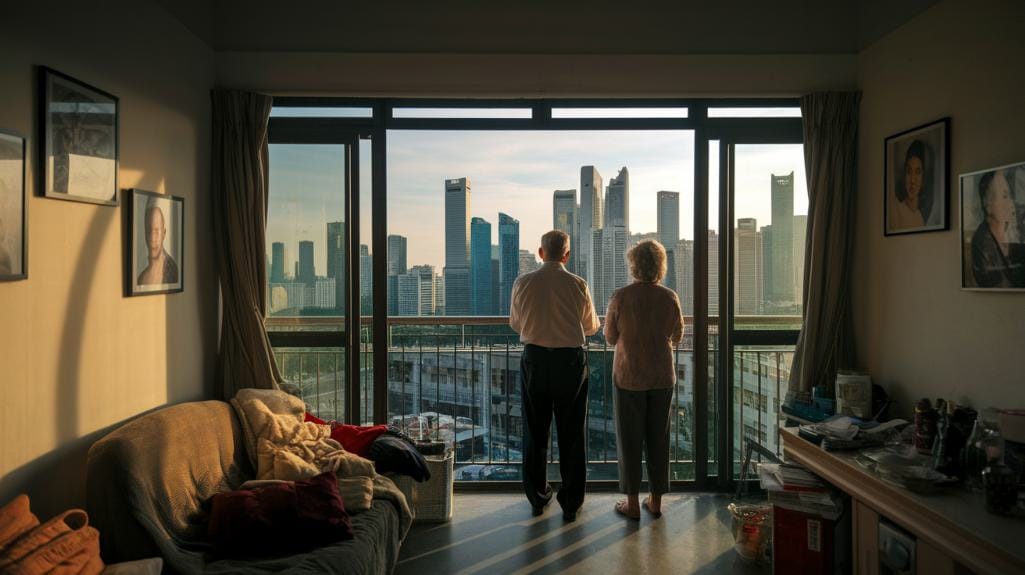
As Singapore claims the title of the world's most expensive city, retirees must grapple with soaring living costs that demand meticulous financial planning.
Elderly singles, for instance, face monthly expenses around $1,379, while couples need approximately $2,351 to maintain a comfortable lifestyle, often including healthcare and daily necessities.
Those aged 55 to 64 might require about $1,721 per month, a figure that rises with inflation, eroding savings over time.
Consequently, total retirement funds could exceed seven figures, with estimates suggesting $330,960 for 20 years starting at age 65. Understanding the CPF Basic Retirement Sum is essential for planning financial security in retirement.
This shared challenge, though intimidating, unites many in seeking smarter strategies, reminding us that careful preparation fosters a sense of community resilience amidst uncertainty.
After all, facing these realities together makes the path ahead feel a bit less overwhelming.
Dangers of Depending on One Property
While owning just one property might seem like a solid foundation for retirement, it often exposes individuals to unforeseen financial vulnerabilities that can undermine long-term security, leaving them feeling isolated in their planning.
For instance, dependence on a single asset may result in living paycheck to paycheck, as property values fluctuate and don't always translate to ready cash, especially with inflation eroding savings over time. Selling that property could mean facing housing uncertainty, a risk that heightens anxiety during vulnerable years.
Additionally, low bank interest rates hinder wealth growth, while wages fail to keep pace with rising costs, potentially leading to financial strain. Lease decay further complicates matters, diminishing property value as years pass, which can make individuals question their belonging in a secure community, though it's a common pitfall worth noting lightly. Recent changes in Additional Buyer's Stamp Duty have made it even more critical for property owners to reassess their financial strategies.
Ultimately, this reliance creates a precarious situation, where one setback, like market dips, could disrupt dreams of stability.
Strategies for Building Wealth Through Properties
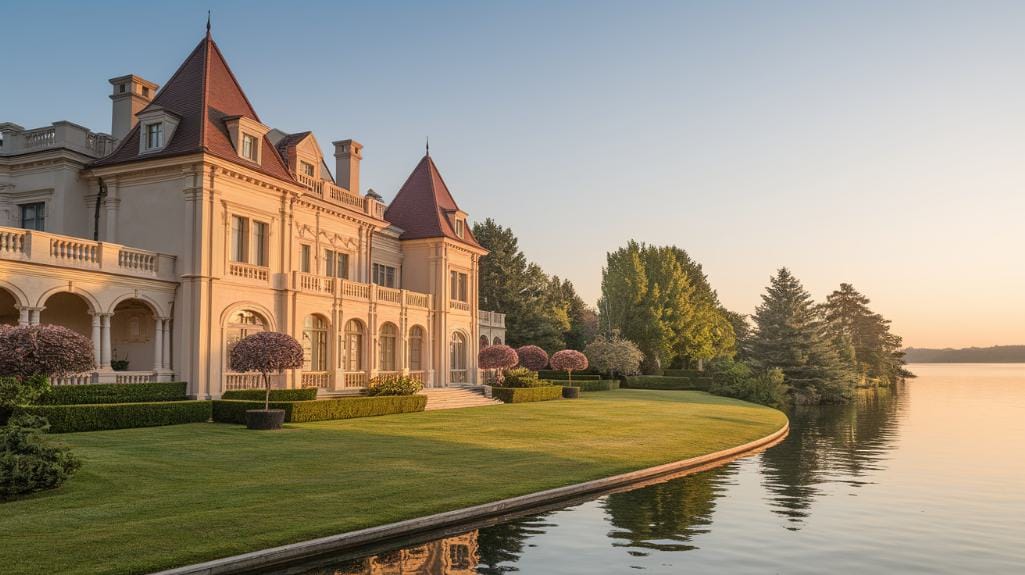
Building wealth through properties requires smart, proactive steps that go beyond simply owning a home, as savvy investors often leverage appreciation and diversification to secure long-term financial gains.
For instance, starting with an initial property purchase, individuals can sell appreciated assets to reinvest in a diversified portfolio, fostering a sense of shared growth among like-minded planners.
Upgrading to better properties over time, while still employed, allows for capital appreciation that builds resilience, much like nurturing a community garden that flourishes together.
Historical data from places like Singapore shows steady price increases, encouraging strategic upgrades or right-sizing later in life for financial flexibility. Additionally, understanding the Minimum Occupation Period (MOP) is crucial for HDB buyers to maximize their investment potential.
Remember, it's a rewarding journey where thoughtful moves, such as reinvesting proceeds, create lasting security and a feeling of belonging in the investor circle.
Ultimately, these approaches turn properties into powerful tools for a prosperous future.
Maximizing Rental Income for Financial Stability
Rental income from properties can become a reliable pillar of financial stability, especially when investors strategically manage their assets in Singapore, where the average yield sits at 3.40% as of late 2024, though this figure demands smart enhancements to truly make a difference.
To boost returns, investors might focus on prime locations that draw reliable tenants, ensuring properties are well-maintained to command higher rents and foster long-term occupancy, which builds a comforting sense of community security.
To boost returns, target prime locations for reliable tenants and maintain properties to command higher rents, fostering long-term occupancy and community security.
Simple tactics, like using online platforms for efficient advertising and screening, can minimize vacancies and streamline cash flow, turning a modest yield into a steady stream.
For instance, upgrading kitchens or adding energy-efficient features often justifies rent increases, helping investors feel more connected to their financial goals. Additionally, the GLS Programme for 2H2023 aims to increase the housing supply, which can positively impact rental demand and prices in sought-after areas.
Ultimately, these steps not only maximize income but also pave the way for a worry-free retirement, where every dollar earned feels like a shared victory in Singapore's vibrant property scene.
Why Diversification Is Essential for Retirement Security
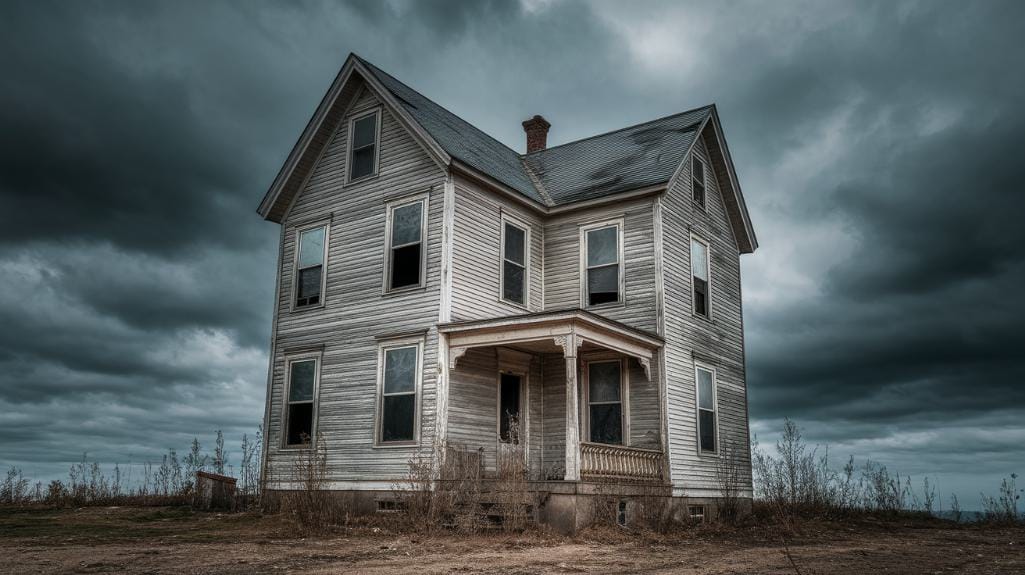
In an era where economic uncertainties can upend even the best-laid plans, diversification emerges as a vital safeguard for retirement security, helping individuals spread risks across various assets rather than pinning hopes on a single property.
For instance, relying solely on a home in Singapore's volatile market exposes one to inflation and lease decay, potentially eroding value over time, as we've seen with stagnant rental yields.
By contrast, a diversified portfolio—mixing stocks, bonds, and other properties—creates a safety net, ensuring steadier income and growth, much like building a community of assets that support each other.
This approach fosters belonging in a shared financial journey, where everyone can weather storms without isolation.
Remember, even a light-hearted investor knows that putting all eggs in one basket is rarely fun in retirement; it's about creating balance for peace of mind.
Ultimately, diversification not only mitigates risks but also paves the way for a more resilient, fulfilling golden years, drawing from historical data on mixed investments for long-term stability.
Conclusion
To sum up, relying solely on one property for retirement in Singapore falls short amid high costs and risks like inflation and lease decay, making financial stability elusive. Diversification, such as investing in multiple properties for rental yields around 3.40%, offers a safer path by generating passive income. While property gains are steady, experts urge a balanced approach; after all, spreading investments keeps retirement worries at bay, ensuring a more secure future.
However, for many of us, we can also consider selling off our properties and getting a 2 Room Flexi with a low lease to keep more cash for retirement too.

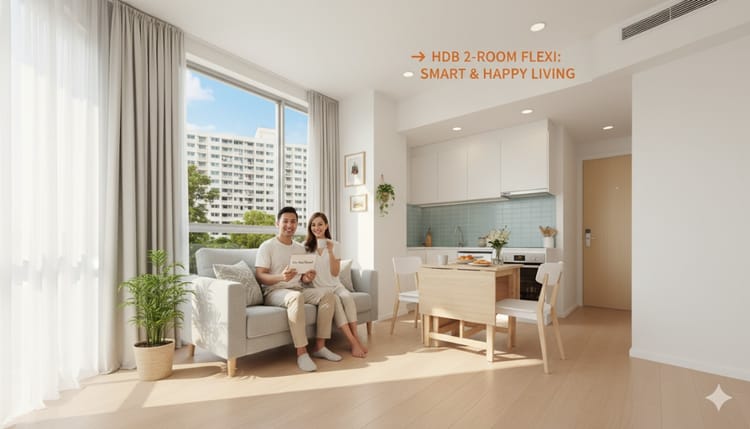
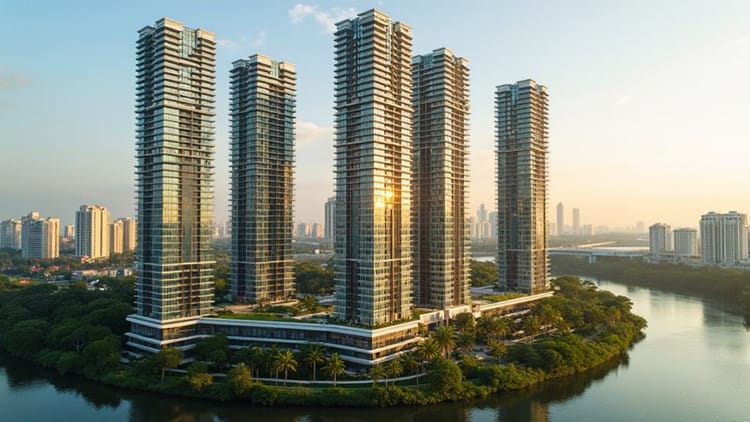
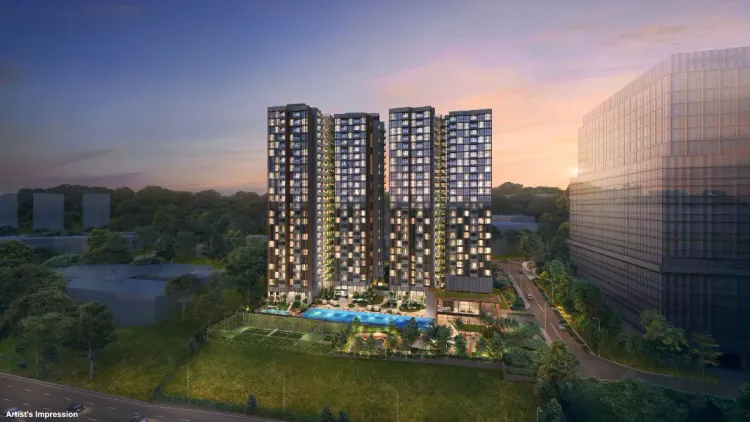
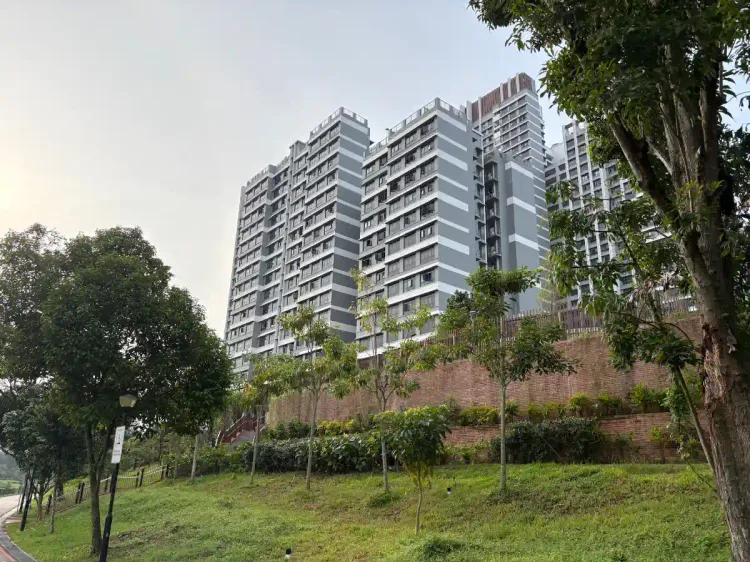
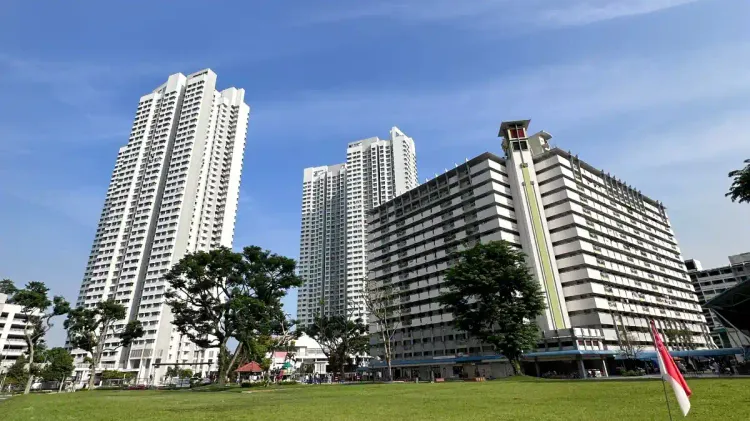
Member discussion